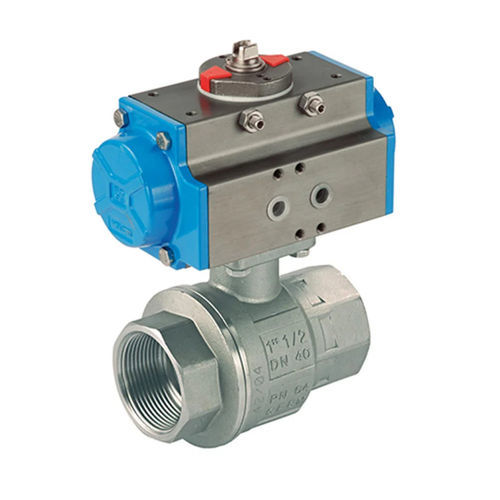A pneumatic valve is a device used to control the flow of compressed air or other gases in a pneumatic or hydraulic system. These valves are essential for a wide range of industrial and automation applications, allowing you to precisely regulate the flow of air or gas to operate actuators, control devices and other equipment.
This is how a pneumatic valve works:
Valve body: The pneumatic valve has a body that contains all the necessary components. The body is designed to allow the passage of air or gas and to accommodate the control components.
Actuator or Piston: Inside the valve, there is an actuator or piston connected to a butterfly valve or ball valve. This actuator responds to changes in air or gas pressure and regulates the opening or closing of the valve.
Pressure Source: A compressed air tank or high pressure gas source is connected to the pneumatic valve. Compressed air or gas is supplied to the valve through a duct..
Pneumatic Controls: Pneumatic valves are controlled by pneumatic devices, such as solenoids or pressure switches. These devices send pneumatic signals to the valve to open, close or adjust its position.
Air Flow: When pneumatic pressure is applied, the actuator or piston responds by opening or closing the valve. This changes the flow of air or gas through the valve itself.
Return or release: When the pneumatic signal is interrupted or reversed, the actuator or piston returns to its rest position, returning the valve to its closed position. This stops the flow of air or gas.

